The project is situated in "Haaliya" garden on one of the kurkar hills overlooking Jaffa harbor. By observing and analyzing the area in various parametric tools, it is possible to propose a dynamic structure that responds to meteorological data and produces an annualy garden.
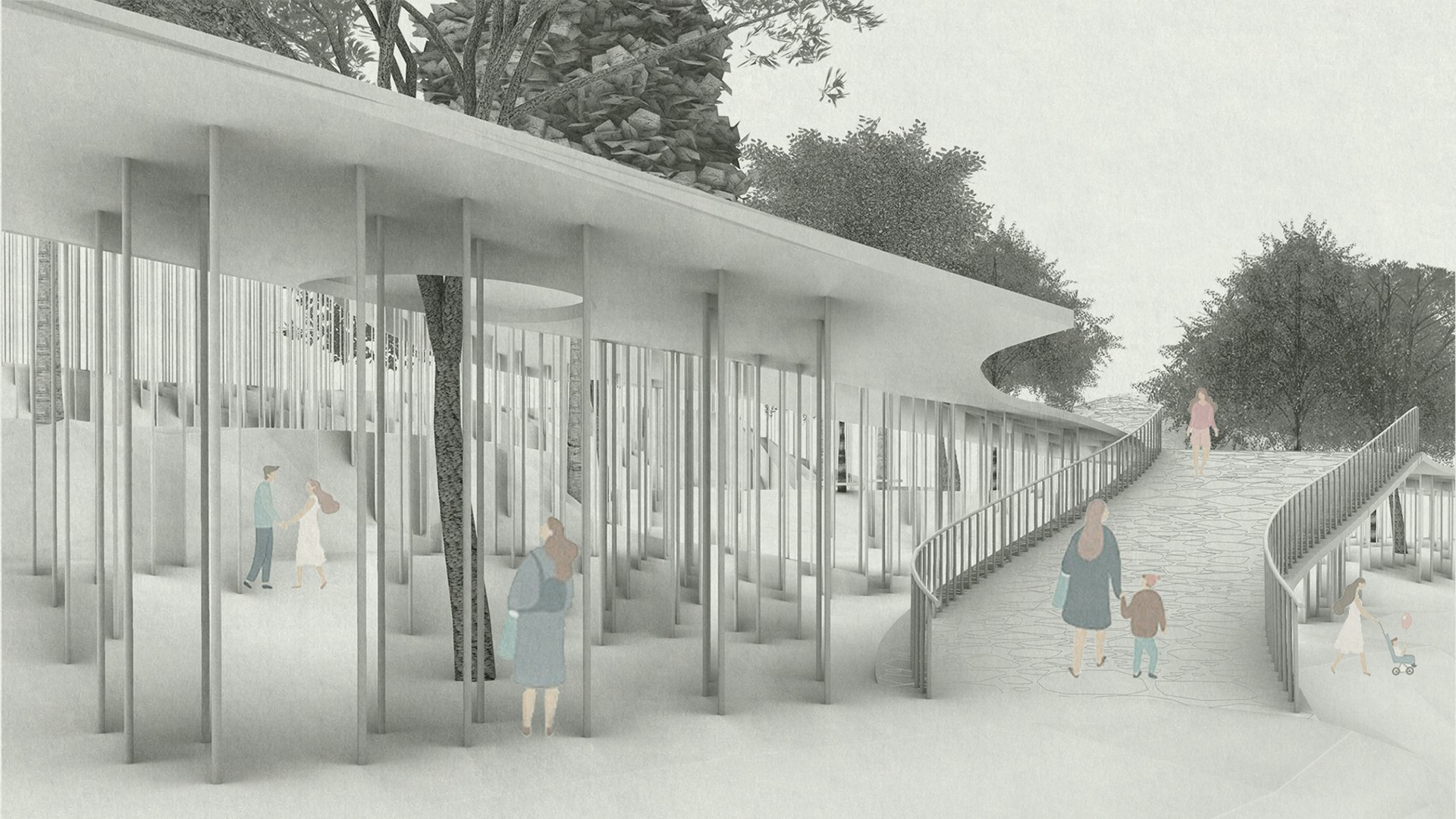
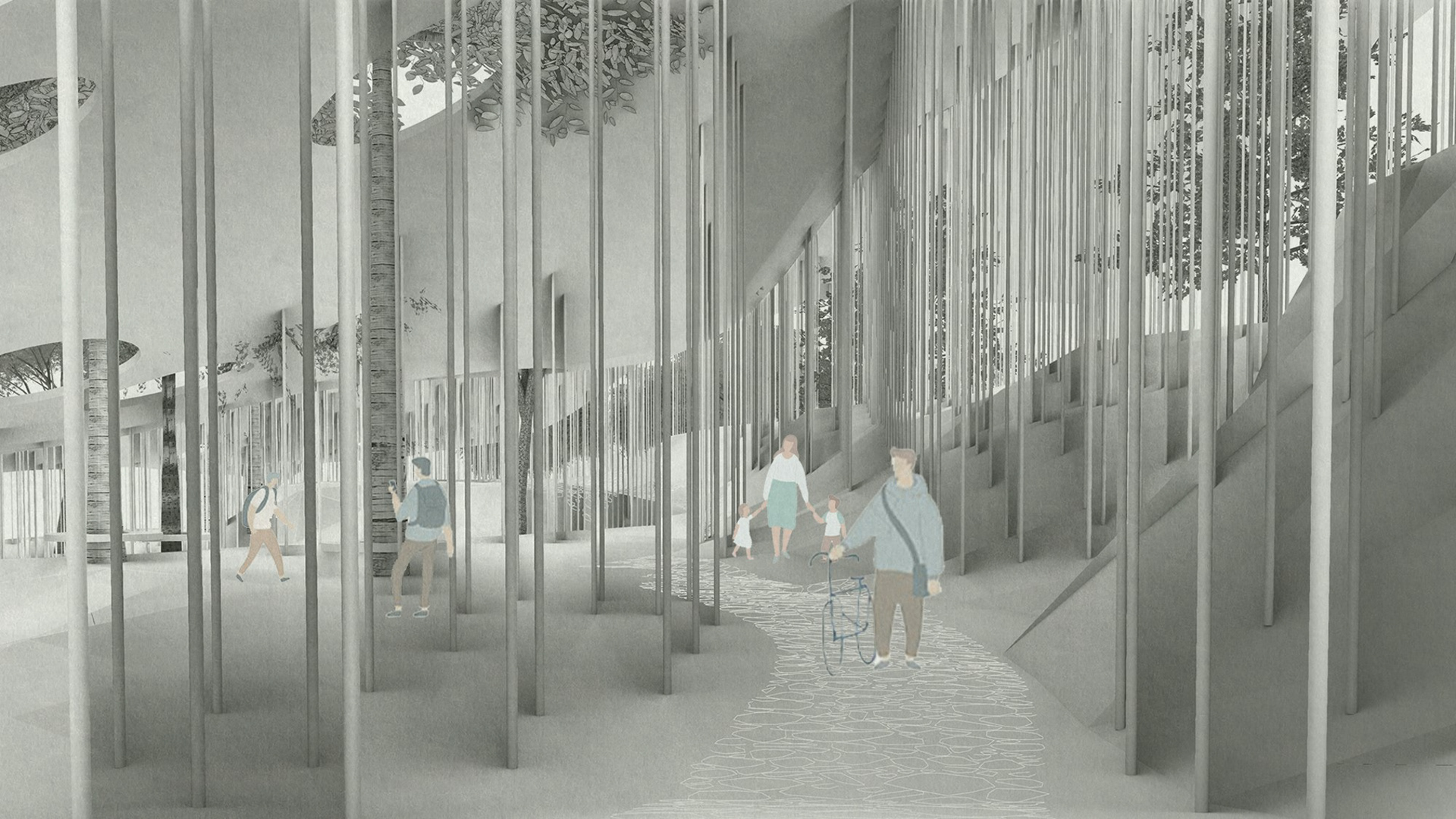
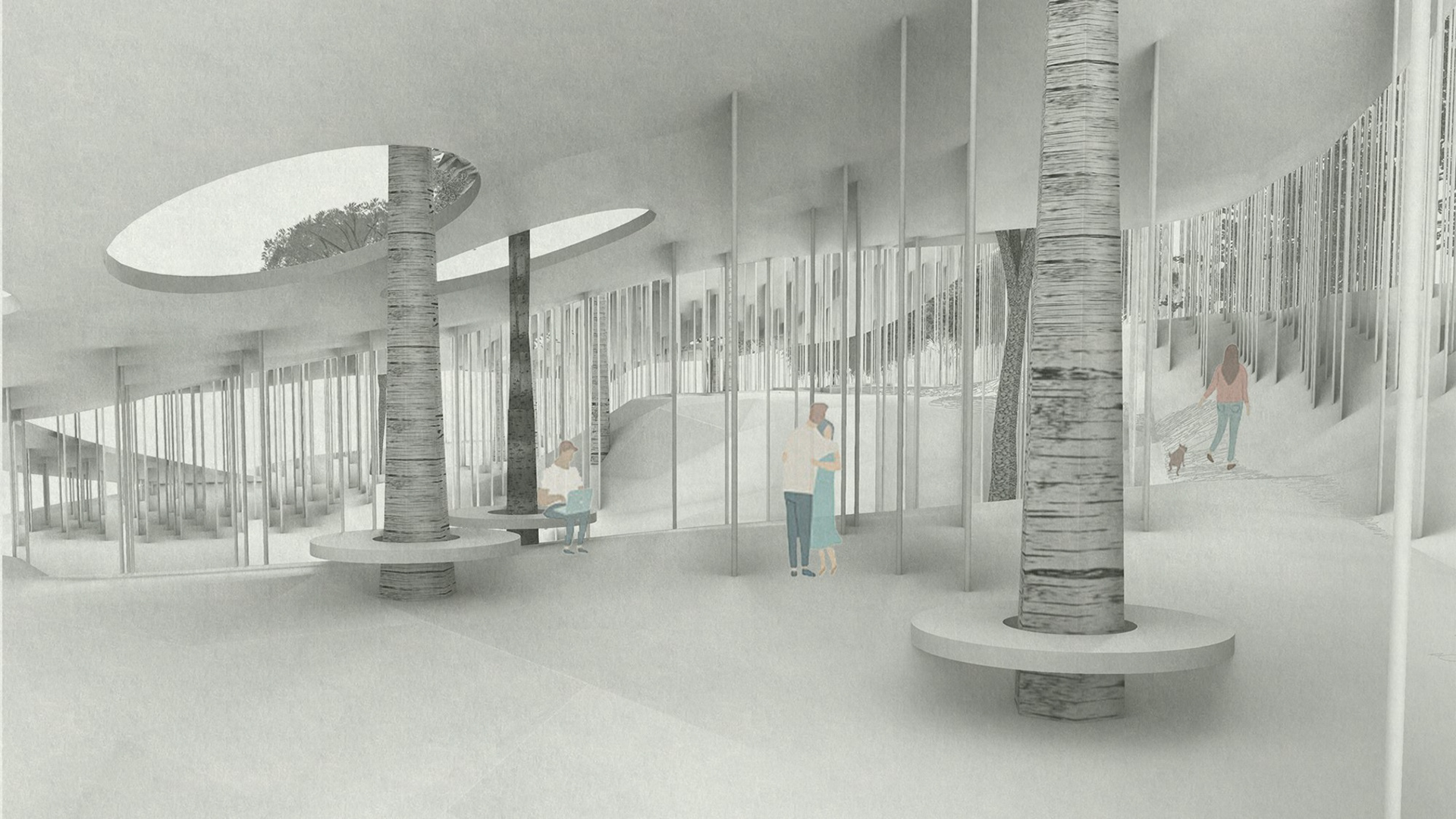
The garden, which lies on the highest point of the Kurkar hill and boasts views of the sea and three different religious buildings surrounding it, exudes a spiritual vibe. By connecting the routes from the top of the hill, all the way down to the sea, It reveals the potential of this garden to be a varied essential site for visitors to go through and also stop and rest, all days of the year.
The challenge in this region is the high humidity and average annual temperature, which are paired with a strong west wind to make it uncomfortable.

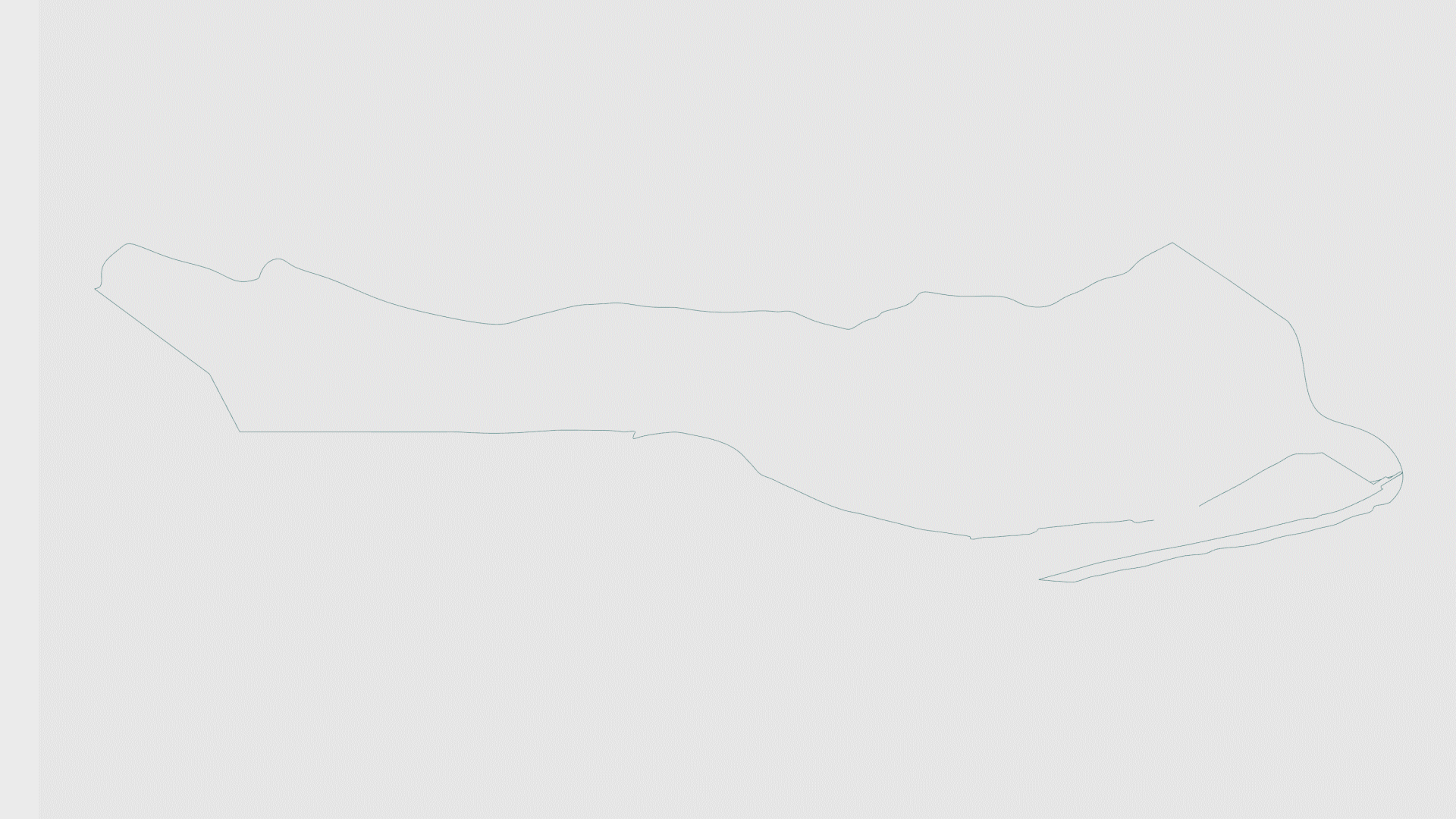
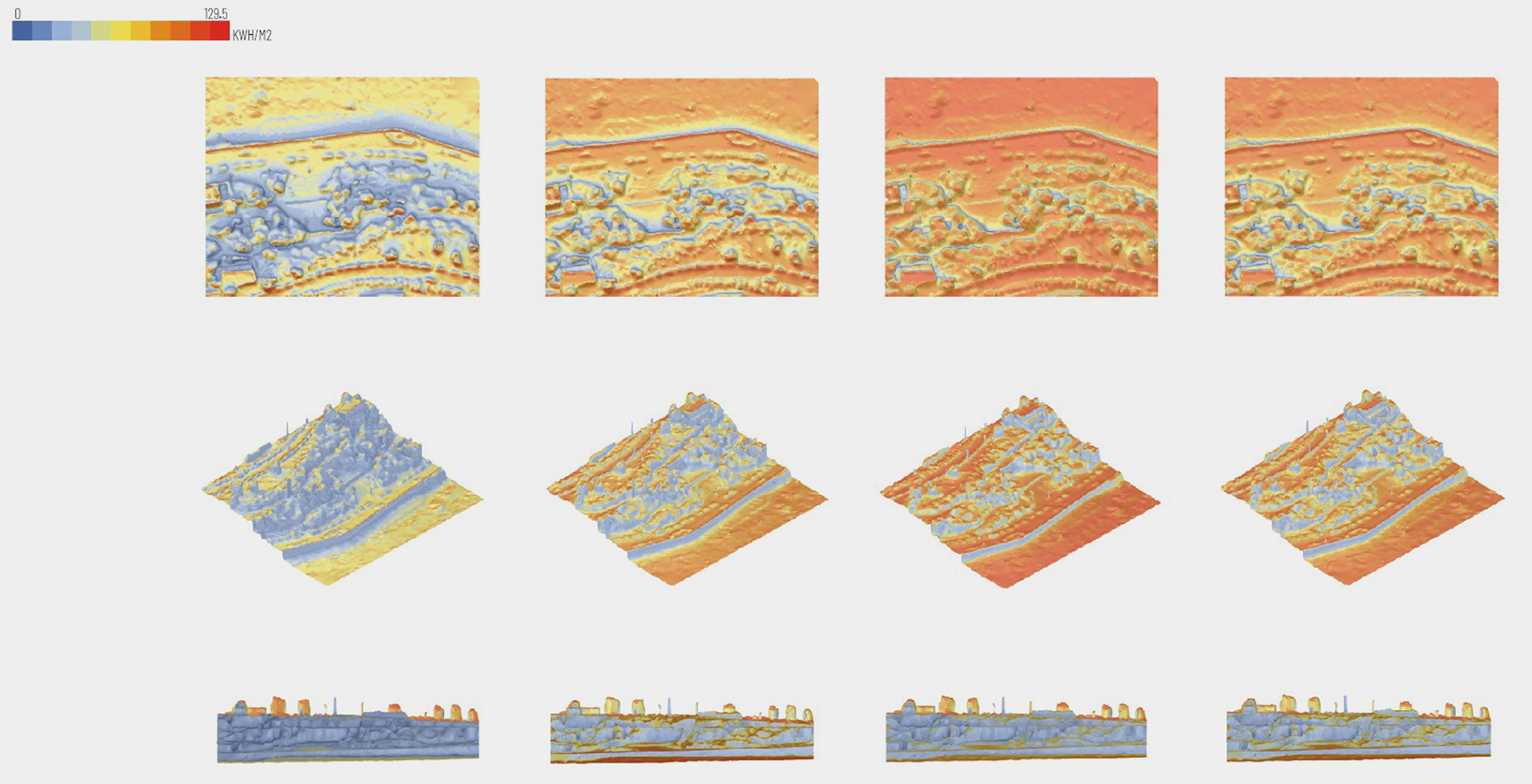
One of the inspirations for this project was an experiment madev by Eran Sharon in Givat Ram materials laboratory. The main work of the lab was observing silicon and analyzing its reaction to different environmental conditions.
The main intention of the project is to create an intelligent surface which react and adapt to climate changes with the ability to shrink and extend. By this ability the new surface creates diversity and dynamic landscape.
It was able to create a form-searching procedure based on the two annual extremes of temperature: maximum radiation and minimum radiation, using a parametric design application.
The surface can swell and shrink to achieve a form that permits for each month's ideal radiation absorption.
The surface can swell and shrink to achieve a form that permits for each month's ideal radiation absorption.
Stansart deviation chart Fitness value chart Standard deviation factor
The intermediate geometries for each month of the year are shown by the spectrum between the extreme outcomes. It was obvious at this time that a single static geometry would not enough. The new surface must be flexible and active throughout the entire year.
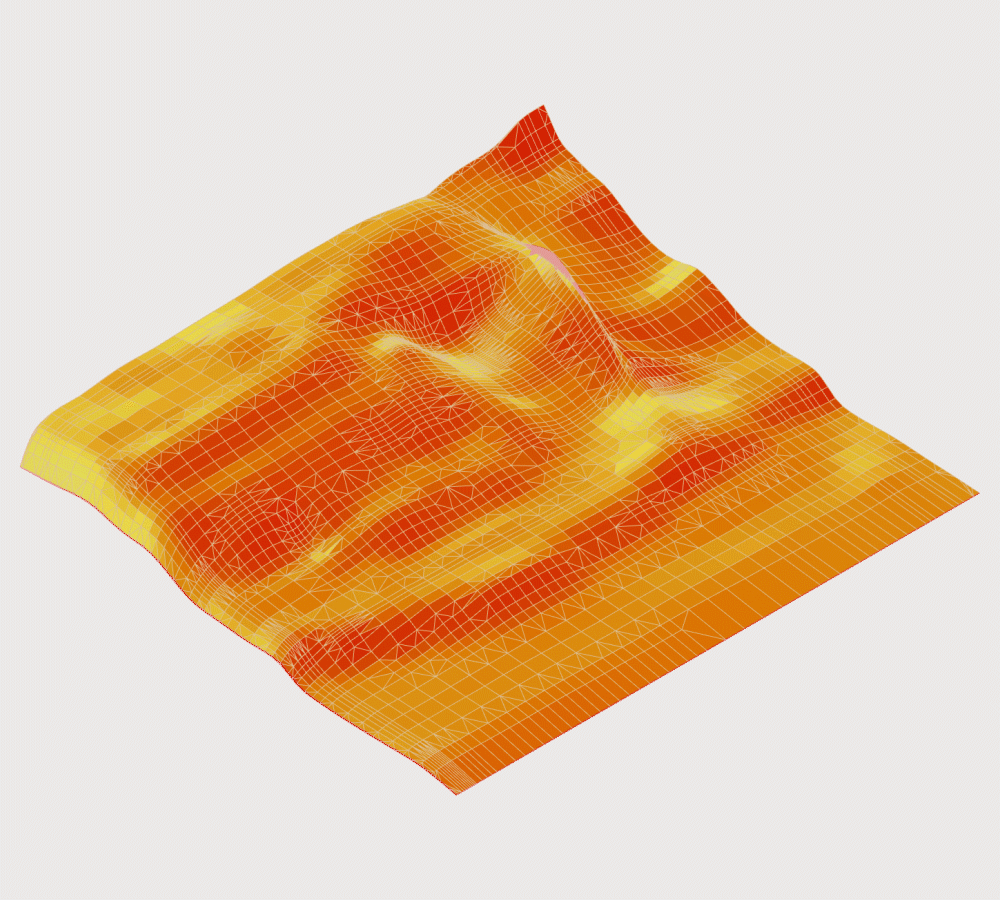
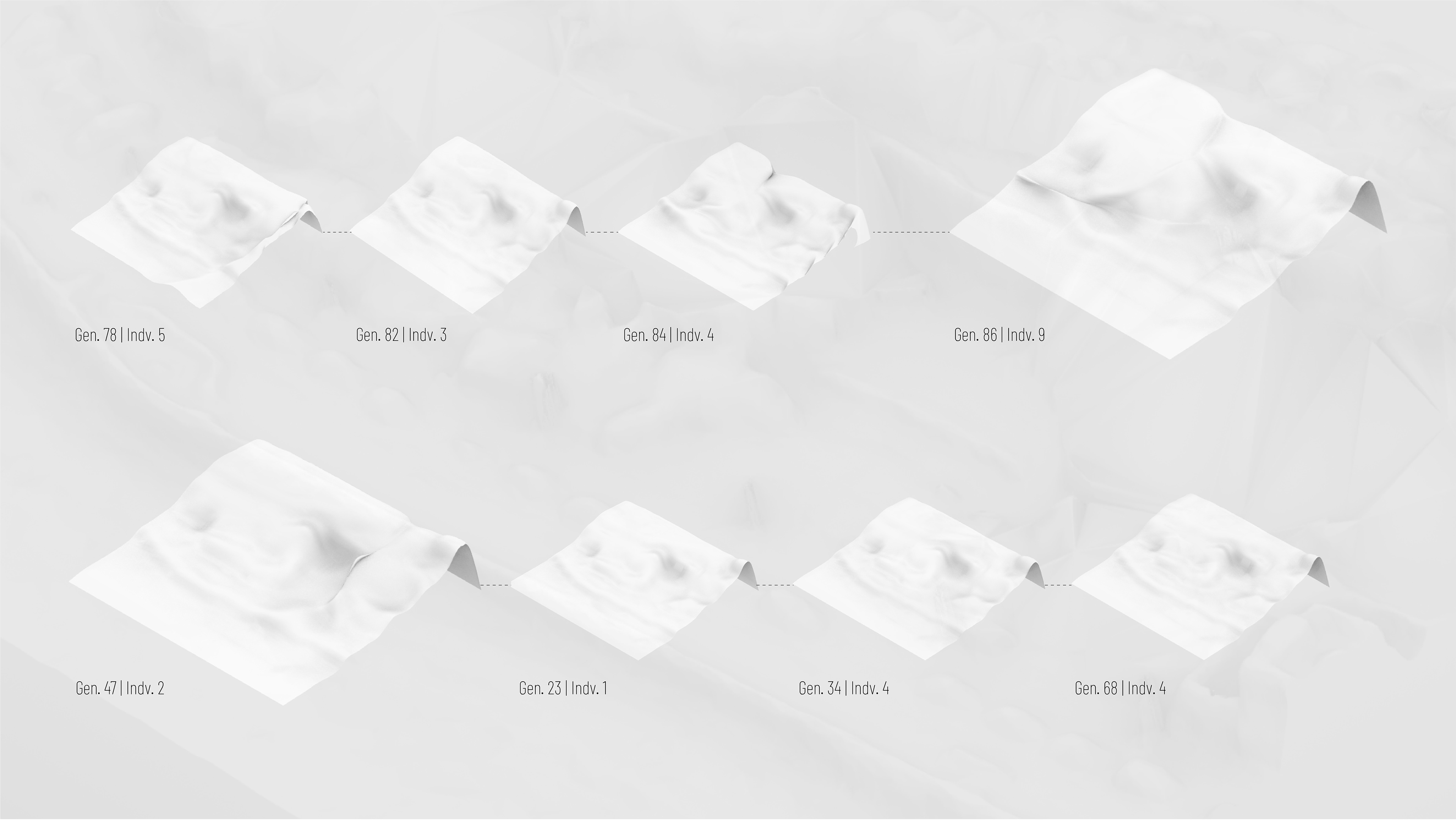
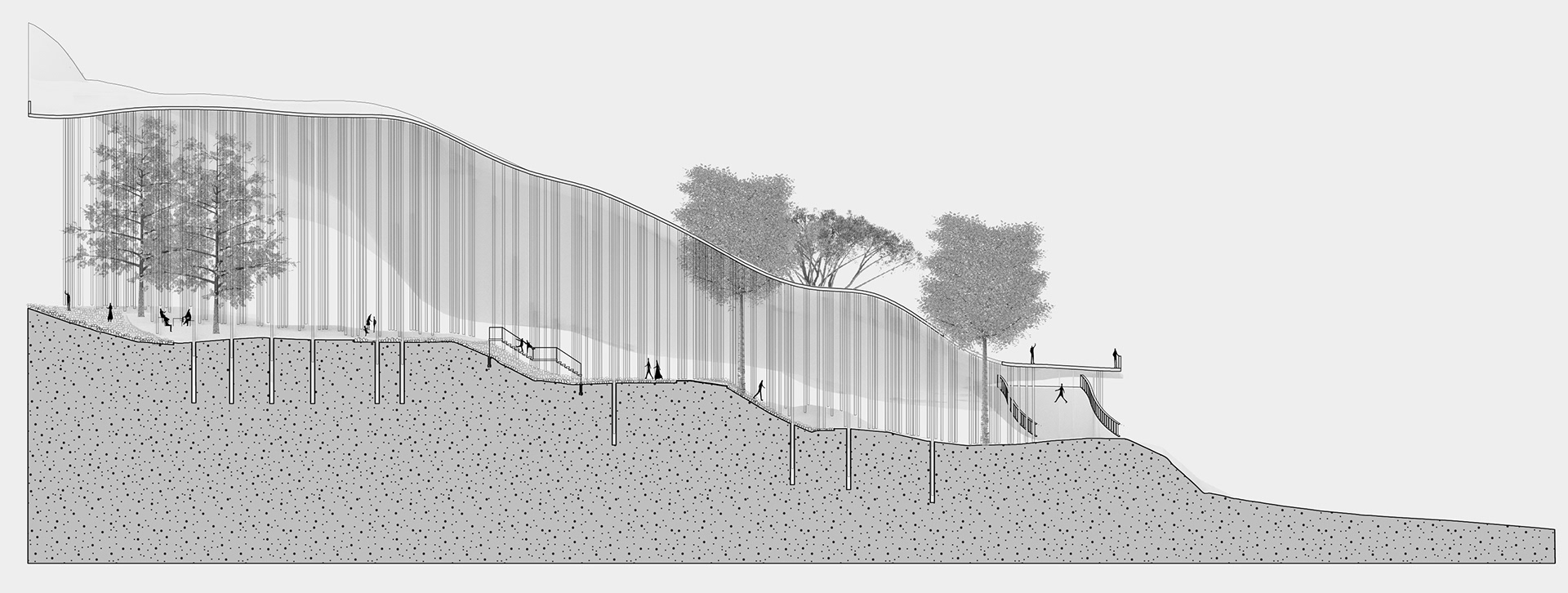
The coldest day - section 1:200
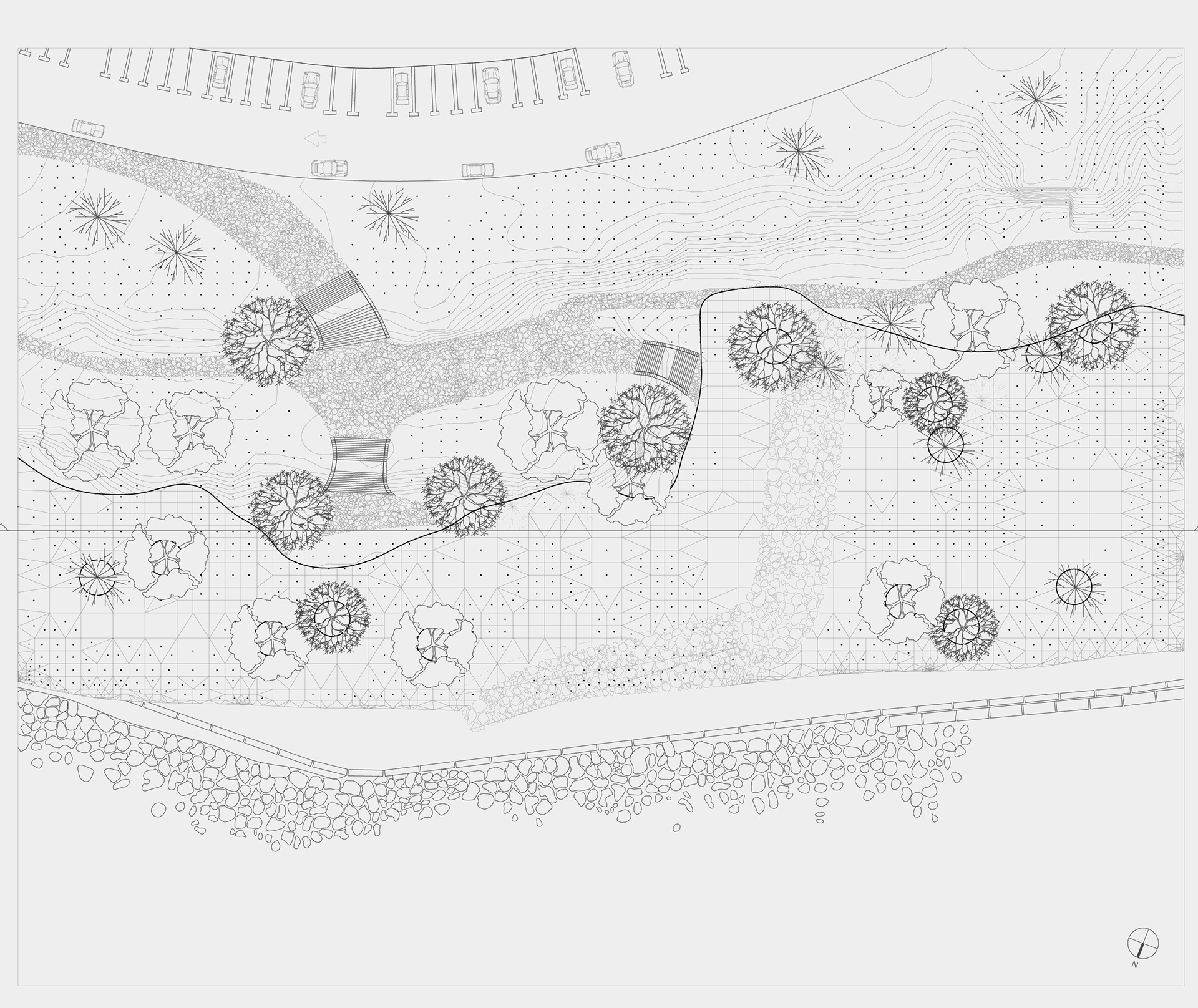
The coldest day - plan 1:200

The hottest day - section 1:200
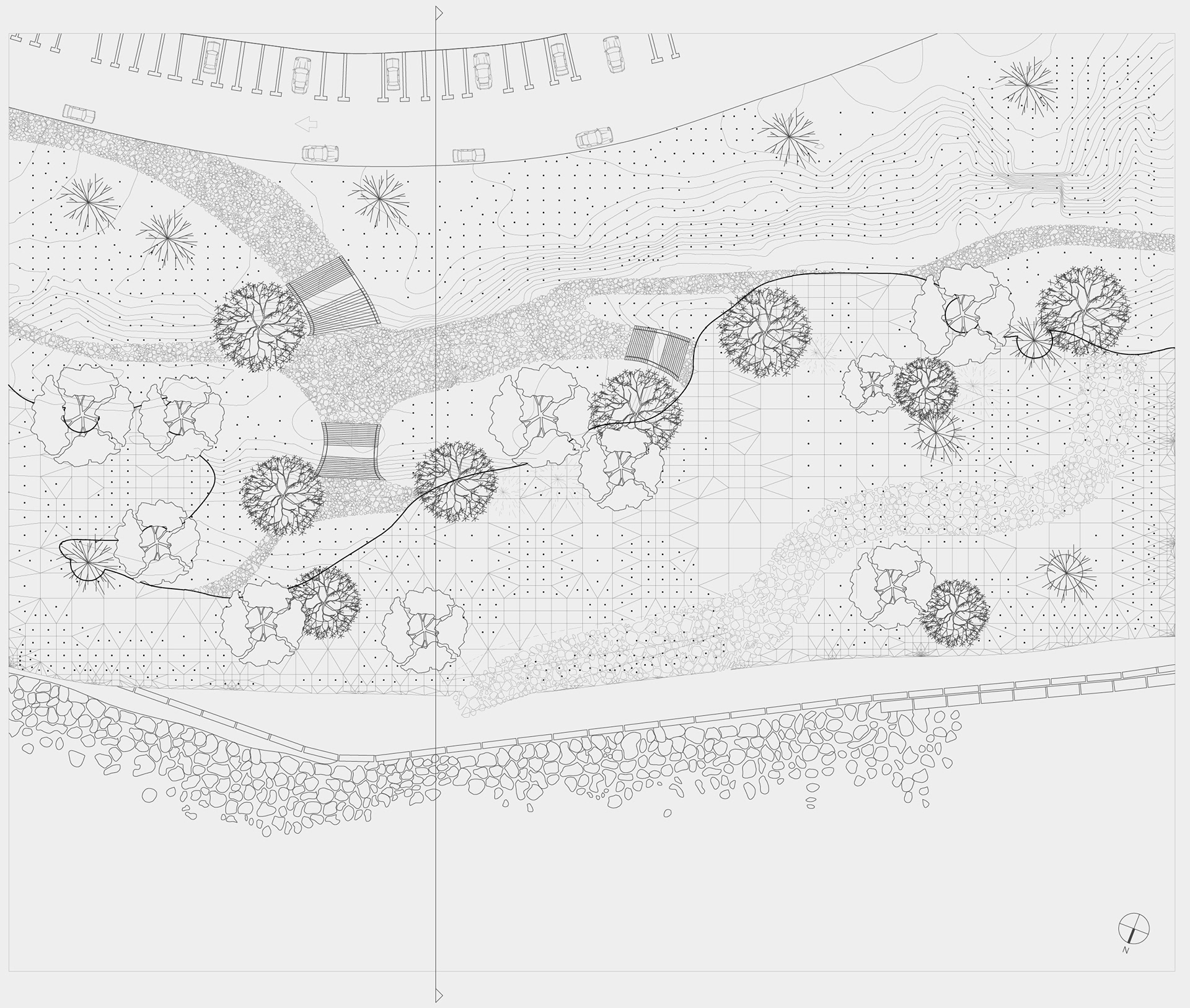
The hottest day - plan 1:200
The system is physically capable of contracting and expanding in response to solar radiation:
The surface is segmented based on the slopes that make up the surface; the steeper the slope, the denser the segments. Actually, the locations with the greatest height discrepancies and greatest need for deformation are those that are darker. The range of expansion and contraction is 0 to 4 meters.
The surface is segmented based on the slopes that make up the surface; the steeper the slope, the denser the segments. Actually, the locations with the greatest height discrepancies and greatest need for deformation are those that are darker. The range of expansion and contraction is 0 to 4 meters.

The coldest day of the year
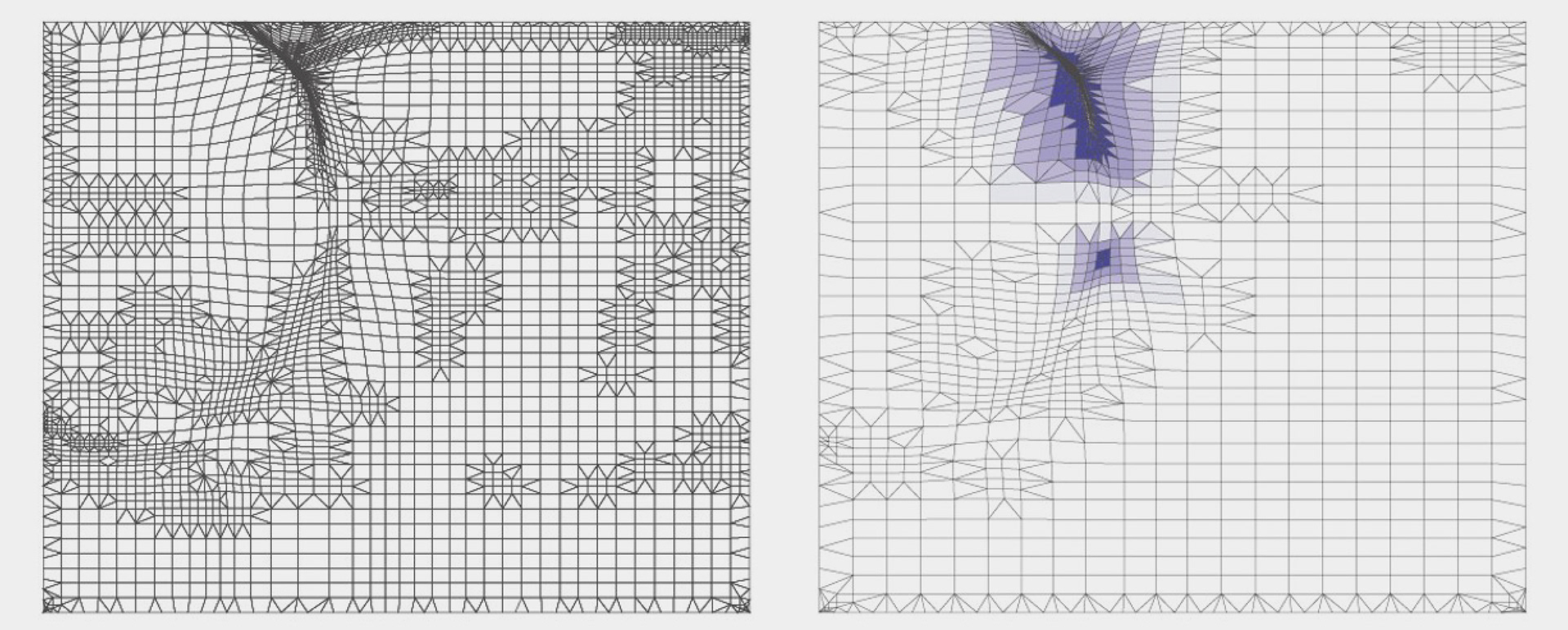
The hottest day of the year
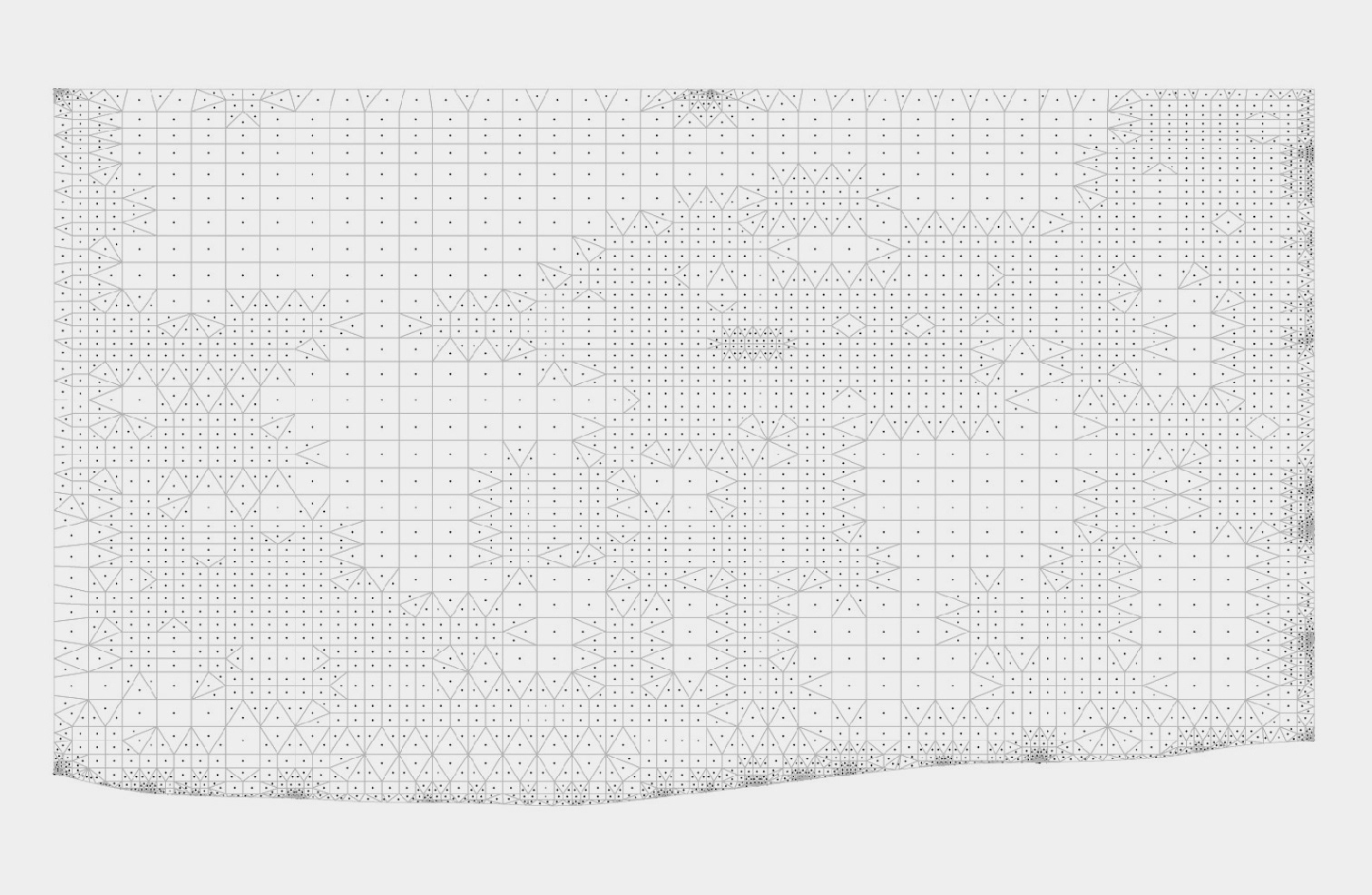
Segments and columns
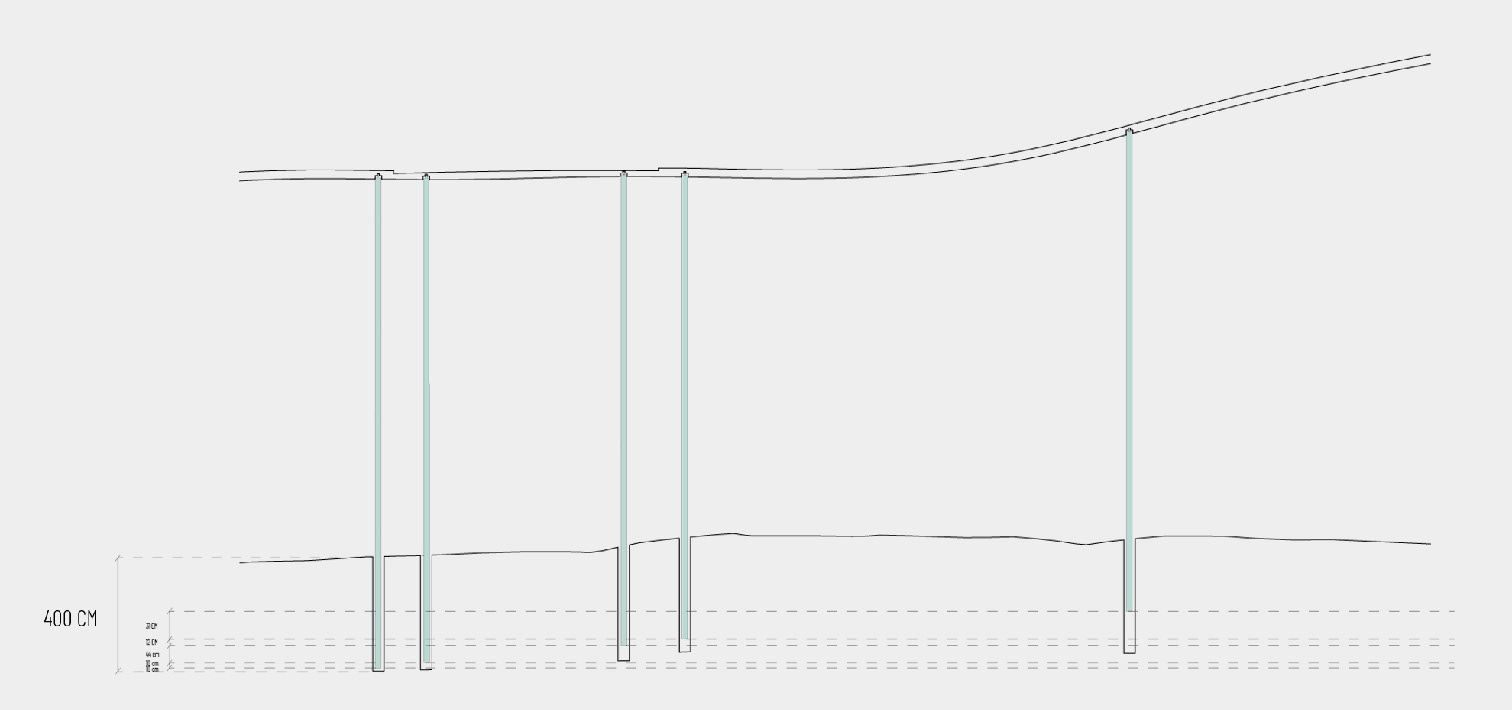
Columns system 1:20
The center of each segment is where the columns are located; they are dynamic and move in response to topographic changes. The columns continue the natural line of the trees, which together provide the impression of a forest.
The two extreme cases are illustrated in the documents below. The columns from the original grid were removed in order to preserve the site's native trees and walking routes. The dynamic and dedication to the authenticity of the site are demonstrated by the fundamental tension that is produced between the bottom level and the upper level.
The two extreme cases are illustrated in the documents below. The columns from the original grid were removed in order to preserve the site's native trees and walking routes. The dynamic and dedication to the authenticity of the site are demonstrated by the fundamental tension that is produced between the bottom level and the upper level.